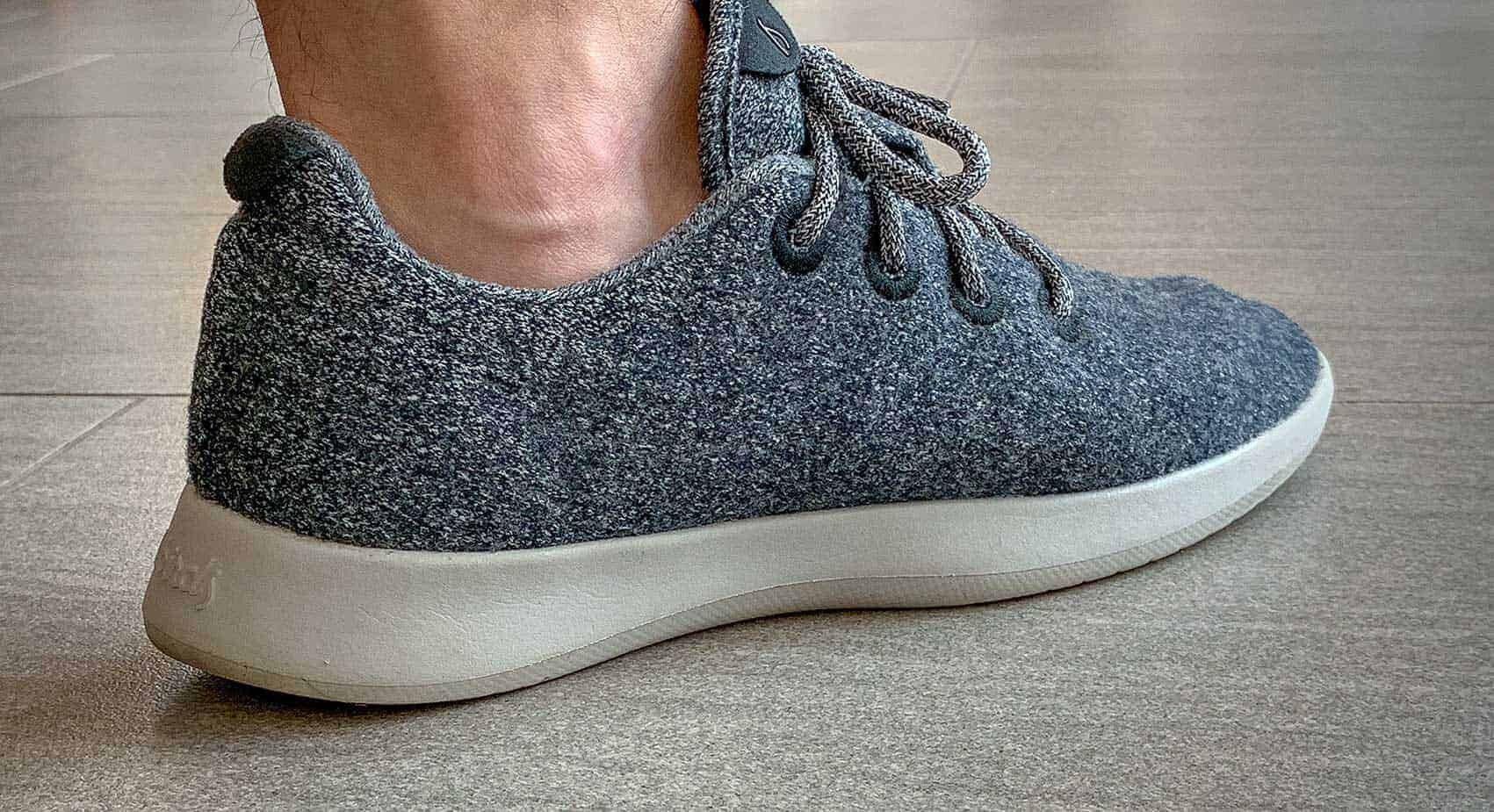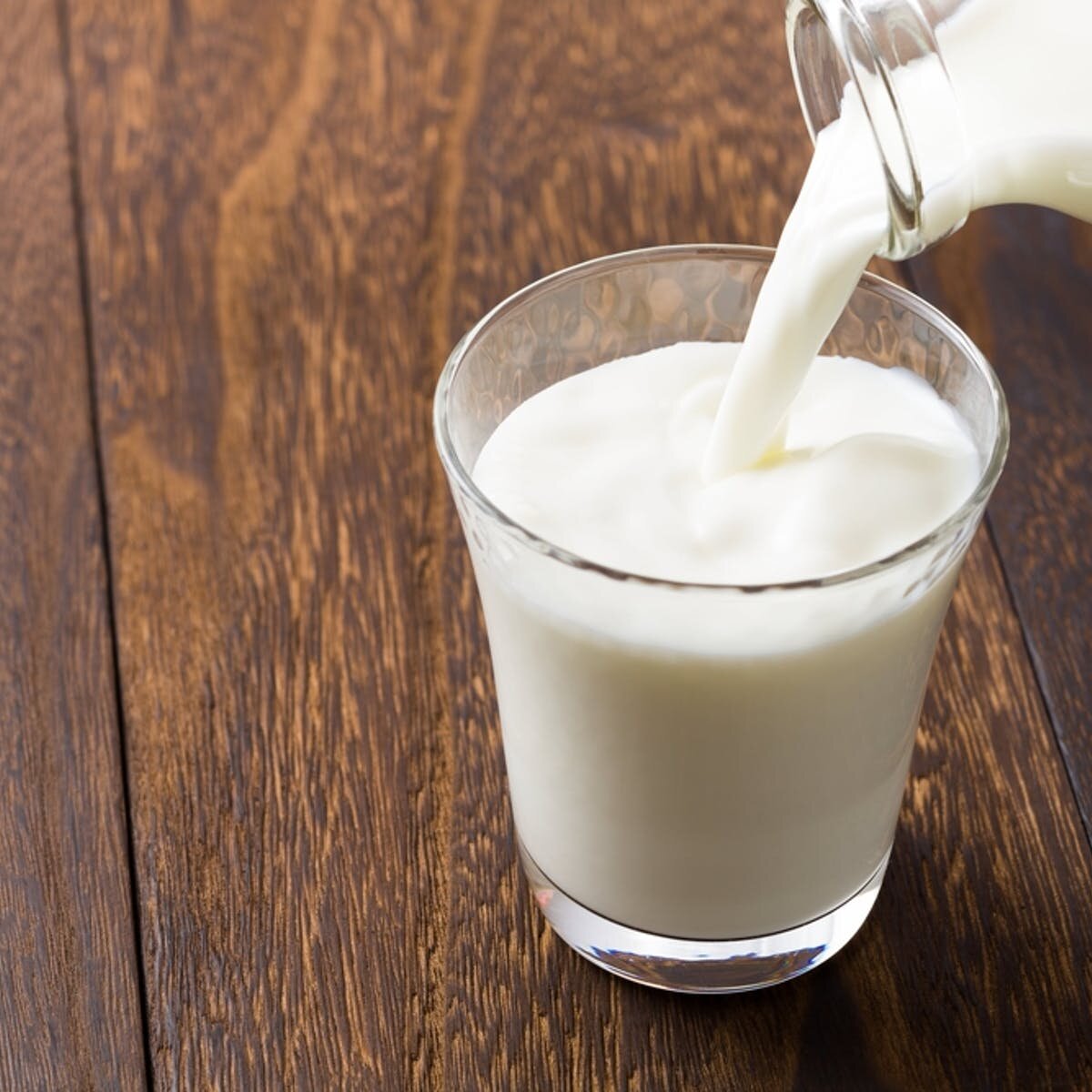NZ’s National Treasure – Lamb Innovation Shining Brighter Than Ever
The humble sheep. A New Zealand icon in its own right, having put us on the world map for over a century with its quality meat and wool. There are many to acknowledge in this feat, no less the producers on the ground, and those involved in overseeing the processes of getting the quality product to millions of homes around the world. Fellow New Zealanders can be proud to stand behind an industry that has stood the test of time, and is now pushing the limits when it comes to advancing the industry for a future world.
Let’s take a look at some of the innovations keeping New Zealand at the forefront of supplying the best lamb in the world.
Omega 3 Lamb
As more of us are seeking foods that are good for us, a New Zealand lamb brand has carved the way in exploring its unsaturated fat story. Described as food from heaven and recipients of a New Zealand Food Award, Lumina Lamb (formerly Te Mana Lamb) is a quality product born out of ten years of research that discovered a higher omega 3 fat content in its meat. The lambs thrive free-range on a select range of high-country stations in the South Island, where they are finished on lush chicory herb pastures. This, along with precision science of combining elite breeding and careful farm and animal management has resulted in a nutritionally enhanced product that cooks beautifully, hence its popularity with chefs across New Zealand, Asia, UK, and the US. You can enjoy Lumina Lamb while dining out in a range of restaurants across New Zealand, by ordering it online at the Pure South Shop, or you may even spot it in My Food Bag’s ‘Gourmet Bag’.
Keeping a handle on burps
We know as ruminant animals (sheep, cows, deer, goats) feast on grass to produce quality protein, this produces methane gas that is released into the atmosphere as burps (pardon me). With growing concerns on the impact of producing animals to help nourish a growing global population, AgResearch has been at the centre of advancing a global first – a low methane sheep. A decade in the making, through careful animal selection and monitoring, methane from sheep can be measured. Numbers can be crunched from 2000 sheep being measured each year, after each have sat in a portable chamber that travels to each farm, and gauges the gas being emitted. Initial results indicate an 11% drop in methane per kilogram of food (grass) eaten, which is a promising tool in the toolbox to help move towards greenhouse gas targets and be part of the climate change solution.
Predicting meat quality from the outside in
Advances in meat quality and the growing demand for our lamb, means every kilogram of a carcass matters. The composition and ratio of fat : meat : bone reflects how a sheep carcass is graded and the quality cuts it will produce. To get an accurate picture of the animal, CT technology as you would normally see in a hospital for humans, has been used by AgResearch and Pamu on sheep to take a closer look inside. This helps determine the meat quality and how much meat an animal will produce (yield), further informing producers on their performance.
Raise a glass to sheep milk
You read it correctly. Milk from sheep is becoming part of the mix in the ‘dairy’ beverage offering in the Westernised world. One brand is Spring Sheep Milk who talk to the nutritional benefits and people’s positive experience of being gentle on the gut. The milk comes from sheep dining on pastures rich in white and red clover, from a range of farms in the Central North Island.
Don’t pull the wool over our eyes
New Zealand wool has been making a comeback, and so it should. With numerous natural qualities, you will now see it used beyond keeping us warm underfoot in carpet and as garments. The New Zealand Merino Company has partnered with top global brands including Allbirds shoes, Swanndri, Icebreaker to name a few. There is even a wool-inspired surfboard with the brand Firewire owned by world-leading surfer, Kelly Slater.
For our little ones, brands such as Woolkin have designed toys and baby accessories utilising New Zealand wool. With strong environmental and ethical values, these brands are carving out their niche on the world stage.
These are just a few examples of where the great minds of New Zealand science and agriculture have come together to create solutions and opportunities. For further inspiration check out:




